How To Take Better Photos
Are you wondering about how to take better photos? Perhaps you want to take better everyday photos of your loved ones. Maybe you have a big trip coming up and want to document it beautifully. Or just maybe, becoming a photographer has always been a secret dream of yours.
Whatever the motive behind your search, I’m glad you’ve ended up here with me! In this post, I’ll share a little about my own journey of learning photography and my recommendations to jump start your own photography journey!
This post contains affiliate links.
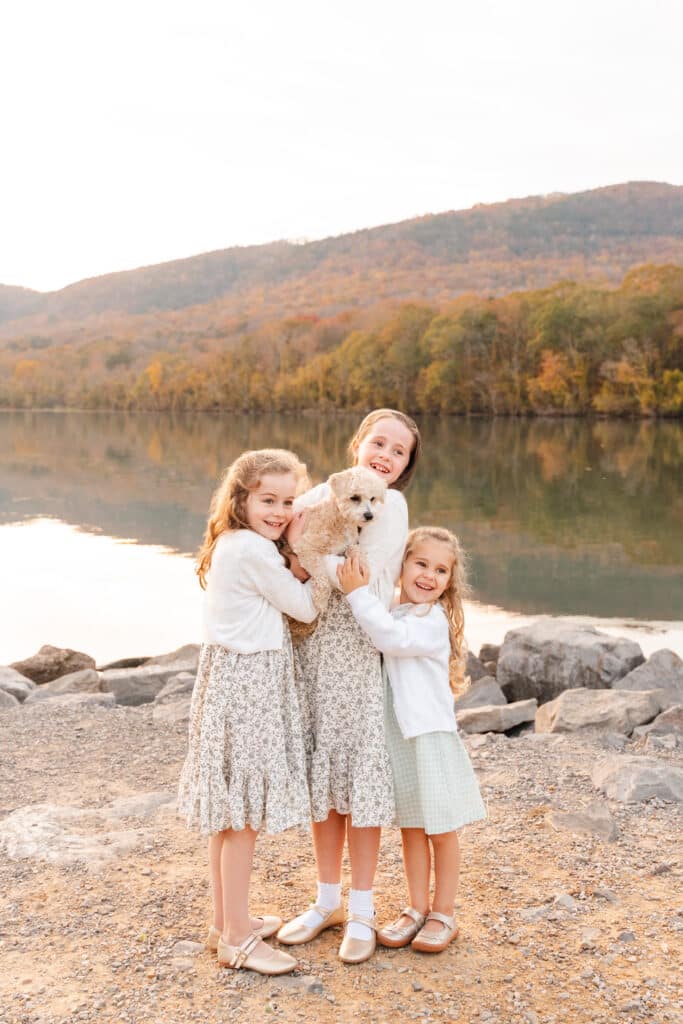
My Own Journey Learning How To Take Better Photos
I actually never planned to become a photographer. While I’ve always enjoyed artistic outlets, such as theatre and crafting, I never took any visual art classes in high school or college. At the encouragement of my family, I chose a practical healthcare career that hand the opportunity for part time house when I started a family. I didn’t particularly love my job, but I thought that was just life.
It all changed when I gave birth to our first child. Ironically, I failed to schedule newborn photos. We were some of the first couples in our friend group to become parents. I honestly didn’t even realize newborn photos were “a thing”. My mom brought it to my attention, asking if I had scheduled a session.
Our daughter was born at the beginning of November. What I did not know at the time is that this is the season of peak fall colors in our area. Therefore, it also coincides with the height of the family photography busy season. Most of the photographers I reached out to were booked or our of our meager budget.
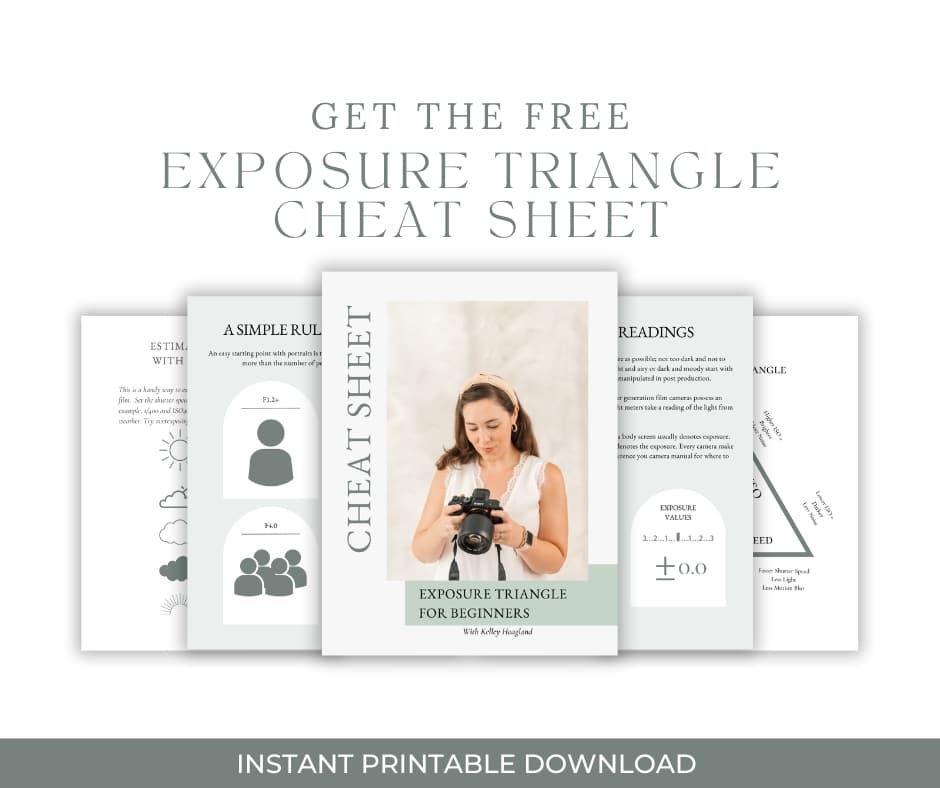
My first photoshoot
Being the DIY type, I pulled out the little crop sensor mirrorless camera I had purchased for our travels and took the newborn portraits myself one afternoon when light was streaming through the windows. My mom was there to take a few of the three of us. They were shot with the camera set to auto, producing jpeg files. My camera came with a CD of “this editing program” called Lightroom. I loaded it onto my computer and played around. The results of my labors were fine enough for our birth announcement/Christmas card in my book! (In fact, one of the portraits is now professionally framed and hanging in our upstairs hallway.)

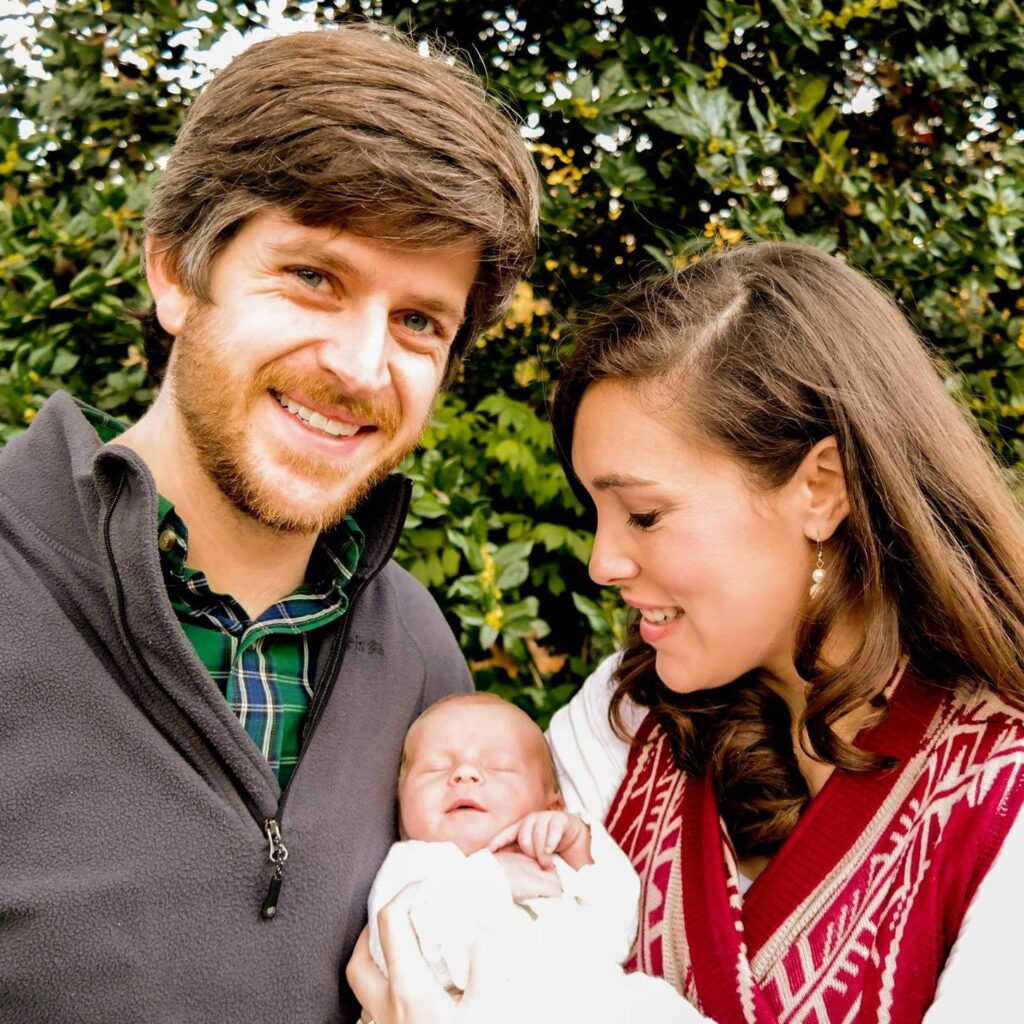
A Basic Community College Photography Class Changed It All!
Knowing that I enjoyed learning new skills and seeing that I was floundering a bit during the first weeks of motherhood, my sweet husband suggested that I might enjoy learning about photography and how to take better photos. “We are going to want more pictures of her as she grows!” He looked up details about a beginner photography class at a local community college. Little did he know that my journey toward learning how to take better photos would result in me quitting my healthcare job to pursue professional photography full time! Whoops!
Indeed, my path from that DIY newborn photo session to professional photographer is a much longer story. I won’t take the time to share it here. However, I will share the basic steps that got me started! Hopefully, they will help you get a step or two farther down the path too!
1. Use a Real Camera
Okay, I may be stating the obvious here. If you want to learn how to take better photos, it’s time to learn how to properly use a camera. I realize that phone cameras have come a long way. However, their images still do not compare to the quality of images taken by professional cameras. Nor do they allow you to choose and manipulate exposure settings with the same degree of precision and flexibility.
So dust off the old DSLR you rarely use. As I mentioned, I got my start with a small mirrorless crop sensory camera. Later I upgraded to a professional full frame camera. The Samsung I learned on is no longer produced. However, there are other great crop sensor cameras on the market that are great for beginners. I recommend checking out the Sony a6400. It’s easy to use, quite compact, and far more affordable than full frame cameras. If you fall head over heels for photography, you can always save and upgrade your camera later! I currently use a Sony a7IV. If you have some risk tolerance, you could even find a deal on Ebay or Facebook Marketplace.
Already have a camera and lens? Then get started with what you have! If you are buying a new camera, make sure you read about upgrading your “kit lens” below before making an investment.

2. Learn How to Shoot In Manual
Shooting in manual is one of the first skills you need to master when learning how to take better photos on a camera. Manual is a camera mode (usually denoted by a capital “M” on your camera’s mode wheel) that allow the photographer to choose the aperture, shutter speed, and ISO the camera will use to capture the image. Don’t worry if these terms seem foreign to you now. More on these in a future post. Adjusting these settings will control how light or dark your image is, also known as the exposure of your image. Each of these also control other qualities of your image such as how much the subject stands out from the background, as well as how sharp and clear the overall image appears.
Why not just let your camera choose these settings for you? Believe it or now, you are smarter than your camera, or at least you have the potential to be if you continue to learn about how to take better photos. Your camera just takes in information about the quality and color of the light it sees and makes the best decision it can about what will make a good photo. It doesn’t know that you want your subject to stand out from the background. The camera doesn’t understand that you want the subject to be properly exposed rather than the bright sky. It can’t see what you see.
Certainly, the camera is not the artist. You are the artist! When you learn to shoot in manual mode, you the photographer take artistic control. With your knowledge of camera settings, you can intentionally make decisions to achieve your artistic vision. This will be one of the biggest steps you take in learning how to take better photos.


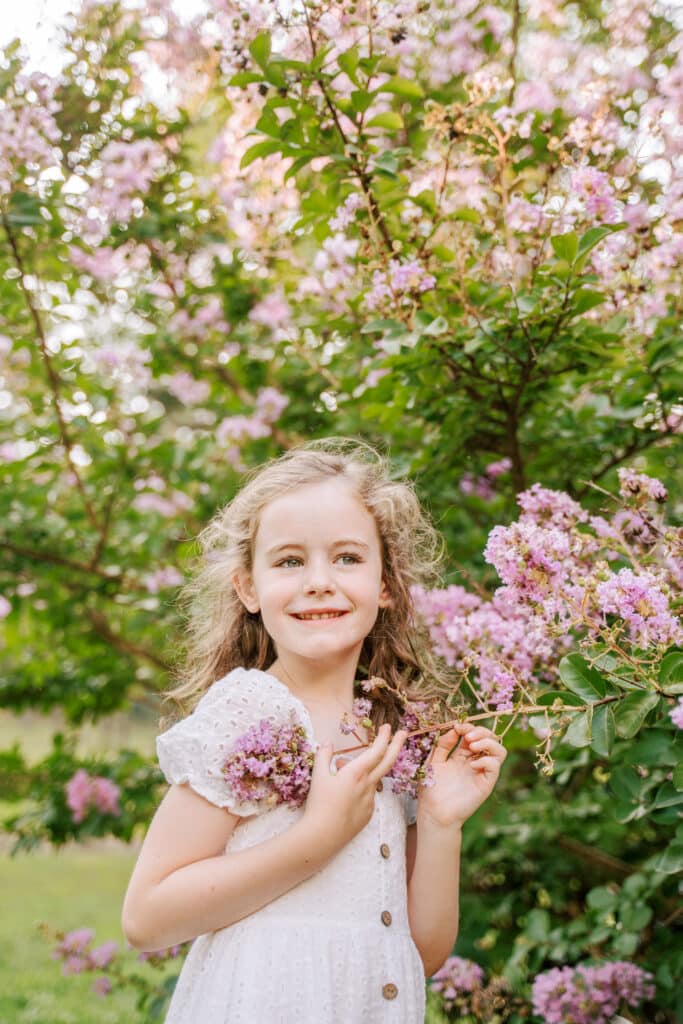
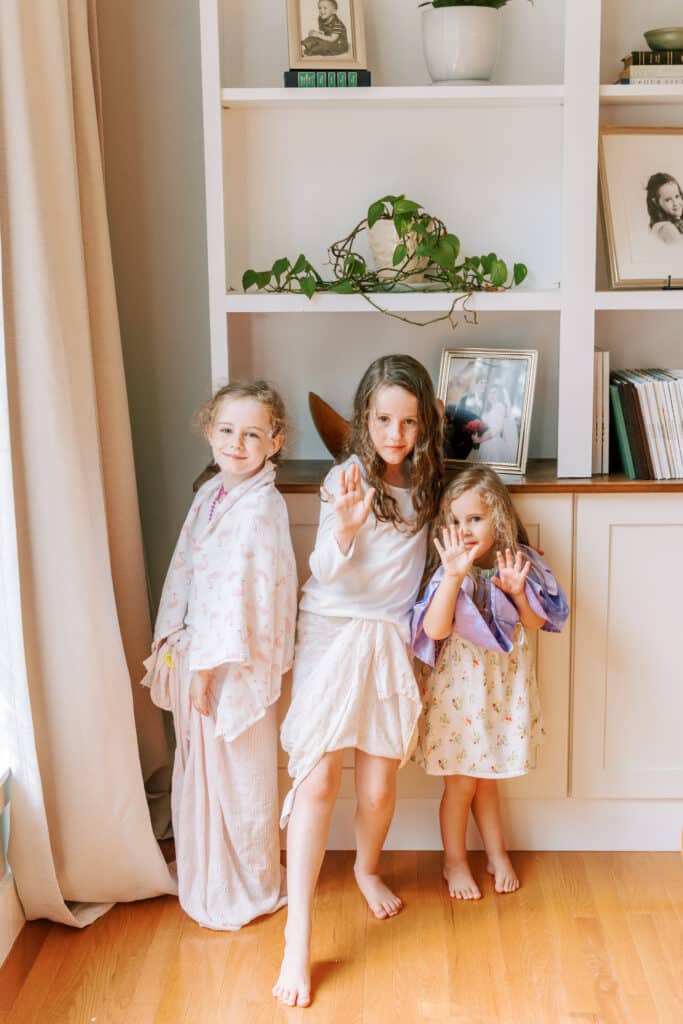
3. Upgrade Your Kit Lens
If you purchased your camera body and lens together as a package, there is a strong chance you purchased what is considered a “kit lens”. Kit lenses are generally less expensive and lower quality than professional lenses. They often have a limited range of aperture. I will discuss this further in a future post, but the “aperture” refers to how how wide you can open the hole of your lens in order to let in light. It also affects how much your subject stand out from the background (also know as “depth of field”). My first kit lens had an aperture of f3.5-5.6. This is a really narrow range. For reference, I typically shoot individual portraits at f2.8. If I’m photographing a large group or scenic vista, I will use an aperture of f8.0. Both of these settings are outside the range of my original kit lens.
After learning how to shoot in manual mode, I was frustrated for several months by the quality of my photos. I understood who to make choices about settings. However, I struggled to let in enough light even when my lens was at its most wide open setting of f3.5. To compensate I had to lower my shutter speed, which resulted in blurry pictures or increase my ISO, resulting in fuzzy, grainy pictures.
After my second daughter was born, my husband gifted me a 45mm, F1.8 lens for my crop sensor camera. It made all the difference in the quality of my images. Finally, I was excited about what my photographs could look like. Using this lens created in me a new sense of inspiration and confidence. Maybe I could take beautiful photos!
4. Practice, practice, practice!
Equipped with an understanding of how to use my camera in manual and a quality lens, I was ready to dig in. Our family was also going through a little rough patch. We had two young babies (hello, post-partum hormones), my husband was in a graduate certificate program while working full time, AND we were building a house. I kind of felt like I was drowning. I needed some fun in my life. Photography seemed like the perfect hobby to continue digging into. I had a new baby and big sister to photograph!
Searching on Pinterest, as one does, I stumbled upon the concept of taking a photo everyday for an entire year. I ended up independently pledging to challenge myself to complete this project. Some months, it turned into more of a weekly endeavor rather than daily. However, I consistently took photos, edited them, and included my favorites in a weekly blog post.
While the work I produced wasn’t anything amazing, the growth in my skills over that year were very real. I got extremely comfortable with operating my camera. I photographed my kids in all different types of light and began to understand how to identify “good light” that would achieve my artistic goals and produce photos I loved. Most importantly, I documented countless little, precious memories from that season of life. My kids love looking back at the family photo book from that year. They don’t care that my photographs were amateur compared to the ones I take now.
Make it Easy to Reach For Your Camera
Even if you don’t plan to challenge yourself with a daily or even weekly project, practice is still important. If you want to learn how to take better photos, consider leaving your camera in a part of your home where life happens. I often leave my camera on a side table in the middle of our downstairs or on a kitchen counter (safely away from the stove and sink). That way, it’s always close at hand when the light is pretty or interesting and something interesting starts happening.
Always take some time to analyze your photos as you edit them. Do you like the light and colors in the image? What time of day did you take the photo? From which direction was the light hitting your subject? What colors are in the background or on the subject? Do you like the composition of the photo? Were you above or below your subject? Did you photograph them at eye level? Were they close to the camera or far away? What camera settings allowed you to achieve this look? Do you prefer photos that are documentary, candid, or posed? There is so much you can learn about photography just by experimenting and then analyzing!
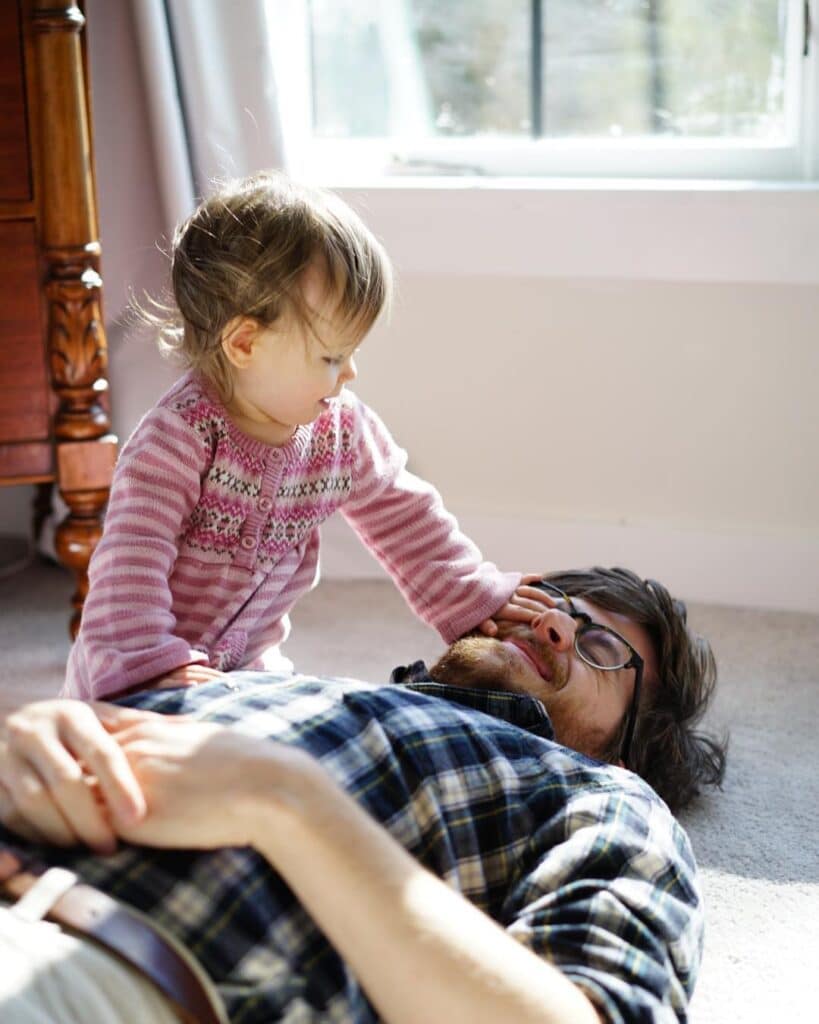
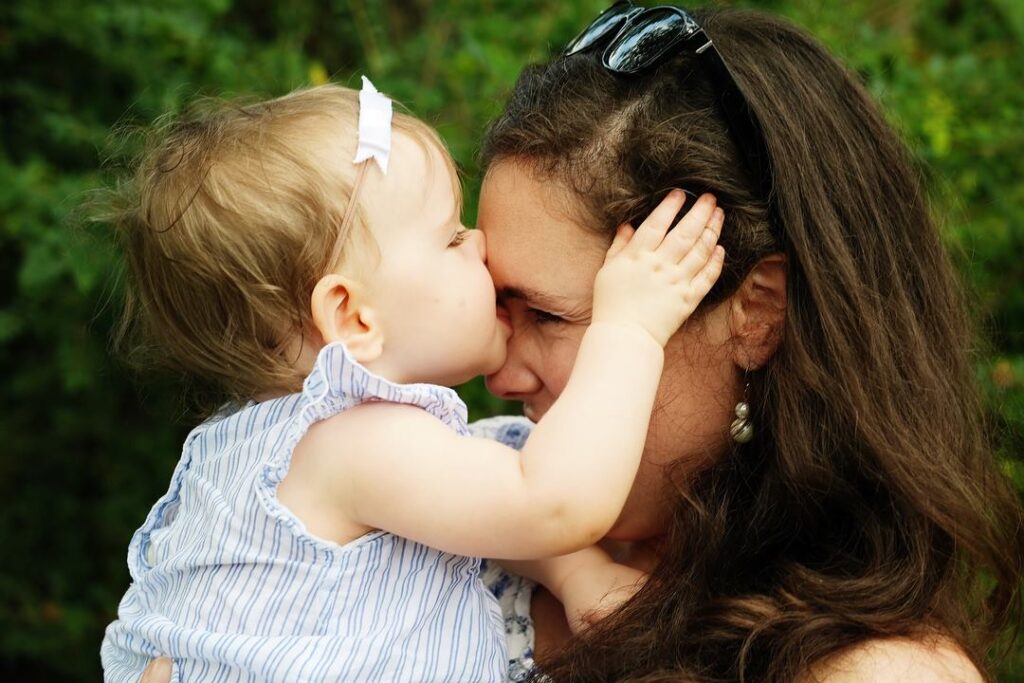
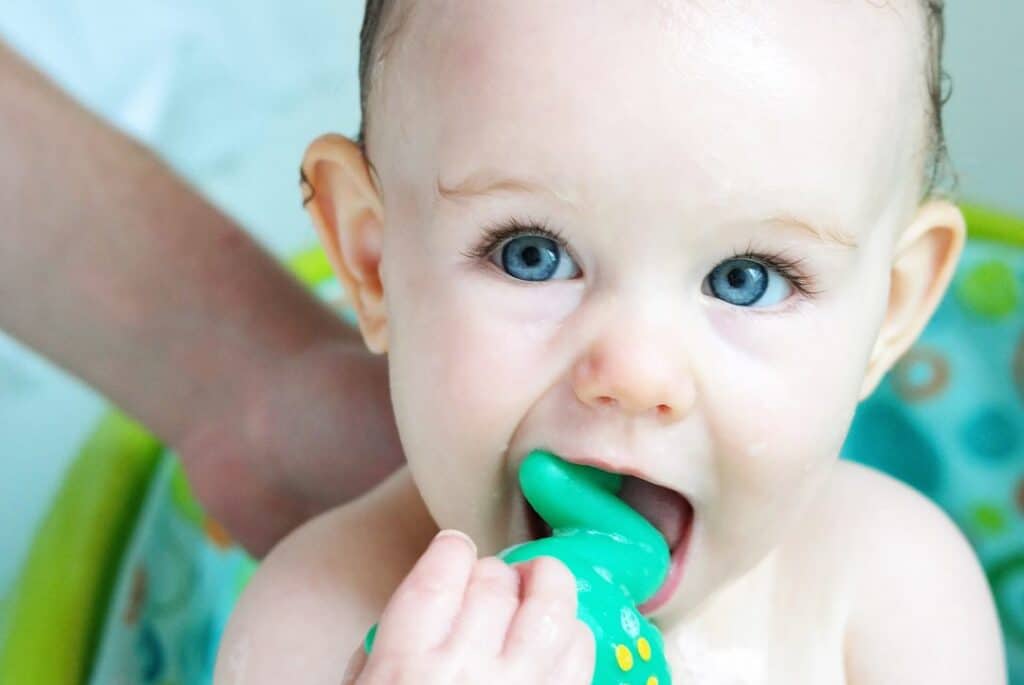
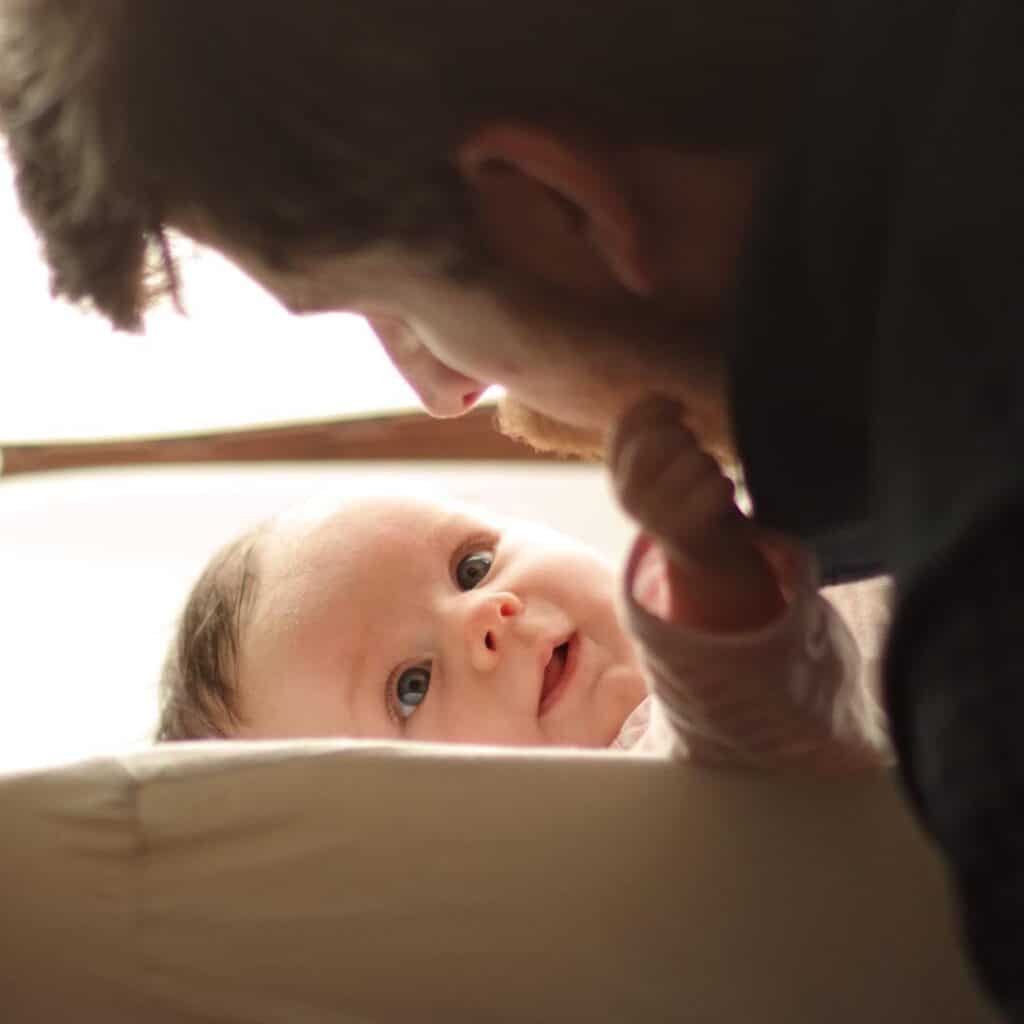
Now Go Get Started!
There you have my beginner steps to how to take better photos! As you can tell, these were the lessons I personally took and learned in my own journey towards growing my skill in photography. I’m not exaggerating when I say that learning photography totally changed the course of my life in a very unexpected way. Are you looking for a little support as you start your own photography journey? Do you sincerely long to better document your family in beautiful, artistic ways? I’d love to help you along this path and plan to continue sharing educational content about how to take better photos. If you’ve found this article helpful, feel free to contact me here or via email. Don’t forget to join my email list in to receive alerts about future educational content!